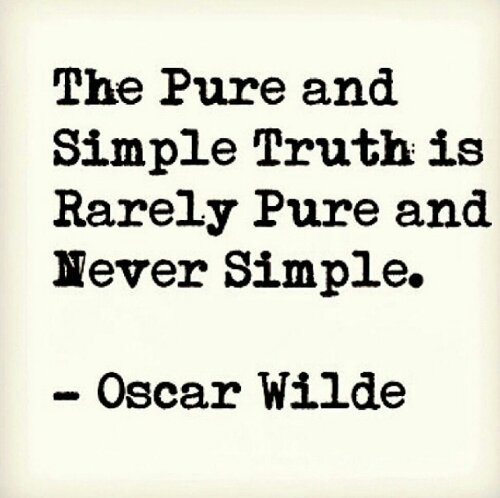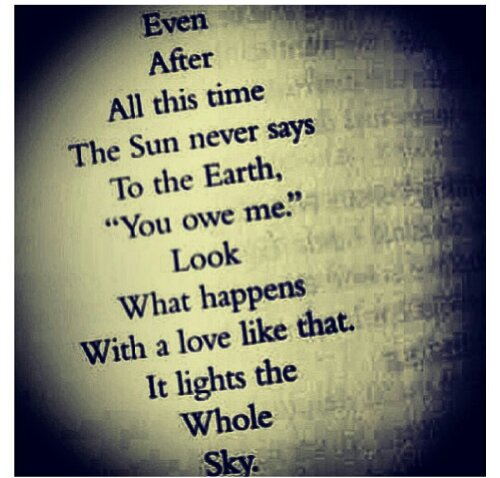I’ve never been the most fashion savvy. I don’t pay a whole lot of attention to the latest trends and news, but I do love to indulge in Instagram to see what the “fashionable” are up to. Through my year and bit on the social media platform I’ve come to follow a total of 712 people, with the majority of them considered as “bloggers”.
Two of the largest Instagram followings I’ve found in my time are Gary Pepper Girl and Tuula Vintage. Two beautiful young women who travel the world wearing pretty things and taking pretty pictures; but I’ve always wondered, how on earth do these girls make any money? They spend days swanning around, going to “meetings” in exotic and beautiful locations, and always seem to be wearing the latest, and most expensive brands – but there doesn’t seem to be a whole lot of work going on.
A further look into Gary Pepper Girl, AKA Nicole Warne’s website says that “when she isn’t scouring the racks for that perfect vintage piece or quietly writing down ideas in her notebook, you can find her enjoying the simple things in life like rolling around in an open meadow..”
Wait. So you’re telling me this chick writes stuff down and rolls around in meadows, and also somehow gets to travel the world, going to new country seemingly monthly?
A recent blog post from Tess Fisher enlightened me on the fact that the majority of the posts from these so called “bloggers” are in fact sponsored, with brands paying up to a thousand dollars for a single post on Instagram.
Tess called for more transparency from these Instagram personalities, referencing articles which are scathing of these women’s practices.
But I say good on ‘em! These women are doing amazing things, living their dreams, and for most of us who look at their Instagram feeds, there is definitely a bit of a sense of fantasy and fiction around it.
An interview with Roxy Jacenko on Australian website Mamamia, questions the mother of two year old girl Pixie, on why she’s created an Instagram for her extremely young daughter, and whether its exploiting the youngster, charging an undisclosed amount (the article speculates $200) per post, for Pixie to appear in the latest kid’s brands.
Comments on the article are generally scathing on Jacenko and her decision to create the account for her daughter. Jacenko is known as the queen of Australian PR, with her agency Sweatty Betty PR, and her newest venture Ministry of Talent, two incredibly successful businesses, so it’s safe to say Jacenko knows what she’s doing – and from the interview she seems to have a pretty level head about it.
So, why not? Why not take the opportunity to be creative, do what you love, and make money (potentially a lot of it) at the same time? Here and here are two detailed guides on how to make money on Instagram. Just make sure as a grammer and a blogger, you are genuine and passionate about the products your spruiking to gain the trust of your audience, and don’t expect to make any money straight away.










